Personality and Temperament
Some cats dislike being held, but the Ragdoll cat seems to live for cuddles. And where many cats are content to keep themselves entertained, Ragdolls actively seek the company of their favorite humans, following family members from one room to the next. Ragdolls are not particularly nosy, but they do enjoy participating in daily life, often observing activities with happy, bemused expressions on their adorable faces.
These affectionate cats prefer to be wherever you are, whether that's catching a favorite show on the couch or working on a project in the office or garage. Instead of knocking over your collectibles, the gentle Ragdoll is far more likely to carefully maneuver around your delicate items. Ragdolls are one of a handful of cat breeds that like water, so they're likely to follow you to the shower or sit on the edge of the bathtub, where they'll keep you company and perhaps get their paws wet.
Steadfast companionship isn't all you'll get from a Ragdoll. These gorgeous cats live to make you happy, often repeating behaviors that elicit favorable responses. With positive reinforcement, it's possible to teach a Ragdoll cat certain tricks and behaviors.
Ragdoll cats have a well-earned reputation for displaying dog-like behavior while offering the easy care that comes with choosing a cat as a family pet. Just in case you think you might miss walking a dog, rest easy. Many Ragdoll cats learn to walk on a harness and leash, and will happily accompany you through your neighborhood.
Speaking of dogs, Ragdolls get along with them just fine. These cats get along well with other cats, too, and they're capable of making friends with your entire family, including very young children.
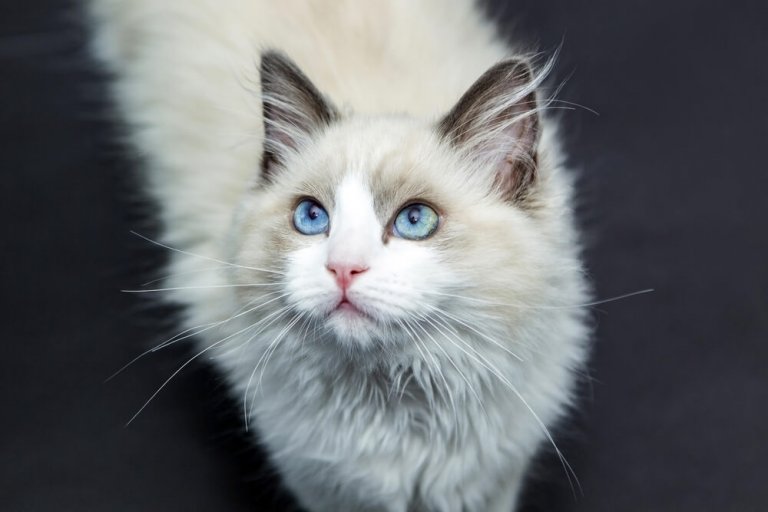
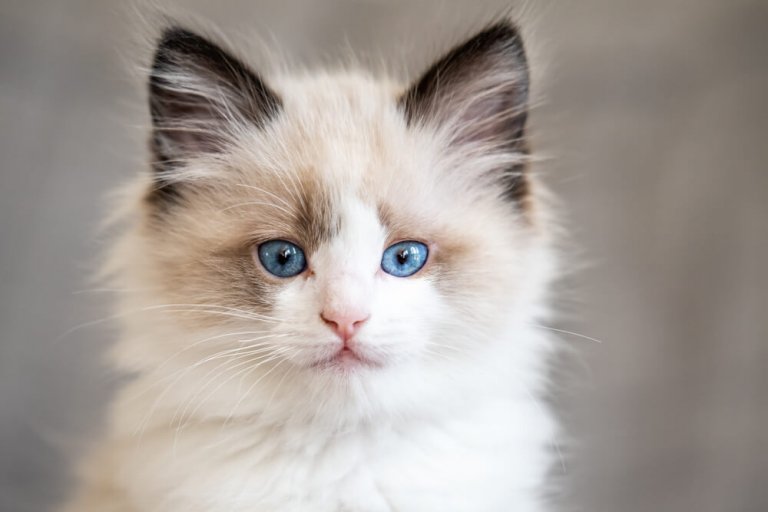
Care
Nutrition
Grooming
Exercise
Health
Ragdoll cats do not have any special nutritional needs, but the focus really needs to be on quality as these low-energy cats can gain too much weight if feed too much of a low-quality diet. Offer a high-protein, low-carbohydrate diet that incorporates real meat or fish as the main ingredient.
Because Ragdoll cats have luxurious double coats, they require regular grooming. Most Ragdoll cats appreciate daily brushing, which not only helps prevent mats from forming and keeps excess shedding and hairballs at bay, but also provides an added opportunity for them to bond with their favorite people.
Teach your cat to accept toothbrushing from a young age, and trim your Ragdoll cat's nails every two to four weeks.
Ragdoll cats love to nap and relax, however they also have a playful streak. Provide your cat with toys, scratching posts, and cat towers that provide them with a good view of whatever you are doing.
Ragdoll cats exhibit kitten-like behavior until they reach full maturity somewhere between the ages of 2 to 4 years. After that, it might be up to you to initiate play sessions and encourage your Ragdoll cat to engage in the exercise that's so essential to good health and longevity.
Ragdoll cats tend to enjoy good health and have an average life span of 12 to 15 years. However, like many pedigreed cats, Ragdolls are prone to certain genetic health conditions. Some Ragdolls might carry a gene that predisposes them to a heart disease called hypertrophic cardiomyopathy. Ragdolls are also at risk of polycystic kidney disease (PKD), bladder stones, and obesity.
History
The Ragdoll cat breed got its start in Riverside, California, during the 1960s. Breeder Ann Baker had a friendly white domestic longhair cat named Josephine, who had a reputation for giving birth to kittens with extraordinarily amiable personalities. As she worked toward developing the breed that would ultimately become the Ragdoll, Baker collected a variety of longhair cats of different backgrounds, focusing on excellent temperament, luxurious coats with Himalayan points, and large size.
It is likely that some of the cats that formed the foundation for the Ragdoll breed were Persians, Burmese, and Birmans. Part of the reason for this is that Persians and Birmans are noted for their relaxed attitudes.
Josephine was the first cat to contribute to the Ragdoll line, but two other cats included Blackie (a solid black cat with features reminiscent of the Burmese) and a cat named Daddy Warbucks. Josephine and Daddy Warbucks had a bicolor female offspring named Fugianna. Meanwhile, a litter that resulted from a pairing between Blackie and Josephine resulted in a dark brown female with Burmese traits, who was named Buckwheat. All subsequent Ragdoll generations are descendants of litters that resulted from pairings between Daddy Warbucks and Buckwheat, as well as Daddy Warbucks and Fugianna.
Instead of introducing her new breed to traditional registries, Baker set up her own cat breed registry, which she called the International Ragdoll Cat Alliance (IRCA) in 1971. At that time, Ragdoll cats were not allowed registry by other associations.
In 1975, a group of Ragdoll cat breeders decided to leave the IRCA in hopes of introducing their cats to major registries. They managed to develop non-IRCA Ragdoll breed standards, which were eventually adopted by The International Cat Association (TICA), the Cat Fanciers' Association (CFA), and other mainstream registries.
A second group of breeders left the IRCA and developed a new cat breed called the Ragamuffin, which shares many of the traits that make the Ragdoll so beloved.
IRCA is still in existence, however it has shrunk significantly since Baker's passing in 1997. IRCA Ragdoll cats are still considered separate from the mainstream and are not recognized at major cat shows or by mainstream cat breed organizations.
TICA accepted the Ragdoll for Championship status in 1979. CFA granted the breed registration status in 1993. Ragdoll cats gained championship status with the CFA in 2000. Today, these beautiful cats are recognized by cat breed registries worldwide.
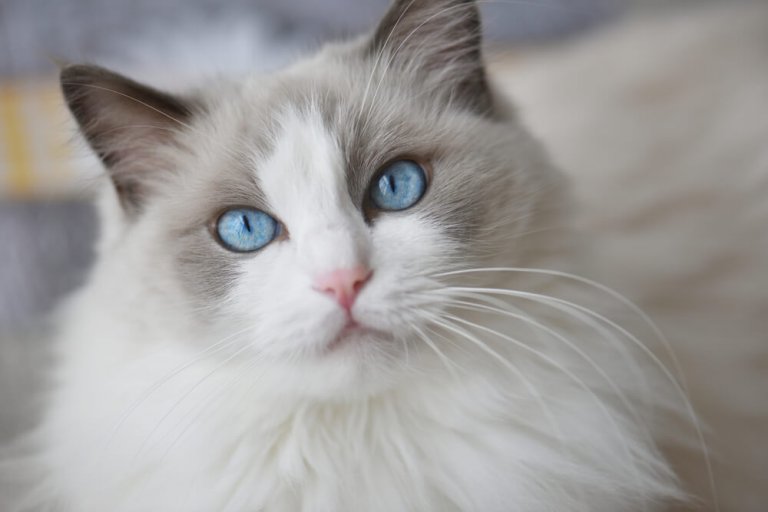
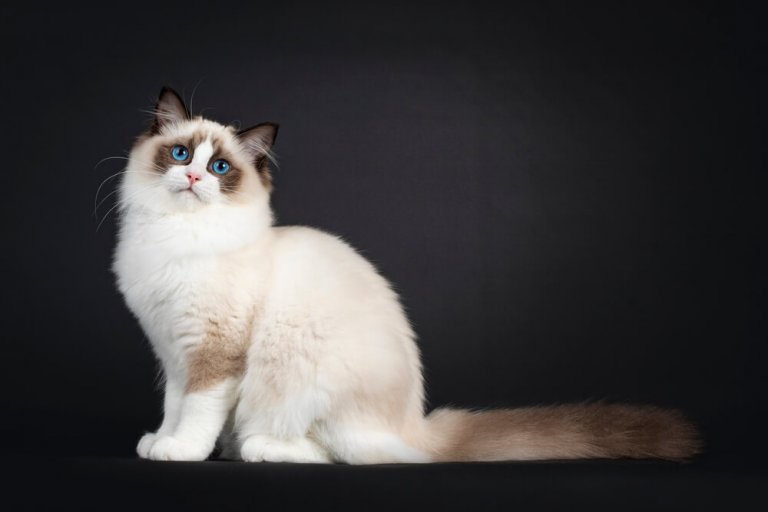
Eyes
Legs & Paws
Tail
The Breed Standard
Body
Head
Ears
Coat
Color
Frequently Asked Questions
How much does a Ragdoll cat cost?
Pet-quality Ragdoll kittens usually cost between $1,200 and $3,000.
How big do Ragdoll cats get?
Ragdoll cats tend to be large in size. A full-grown Ragdoll cat might weigh between 10 and 20 pounds or more, and range in height anywhere from about 9 inches to 11 inches tall.
How long do Ragdoll cats live?
The average life span for Ragdoll cat is 12 to 15 years.
Do Ragdoll cats shed?
Ragdoll are long-haired cats, so you do have to expect a certain amount of shedding from this breed, but they don't shed as much as other cat breeds.
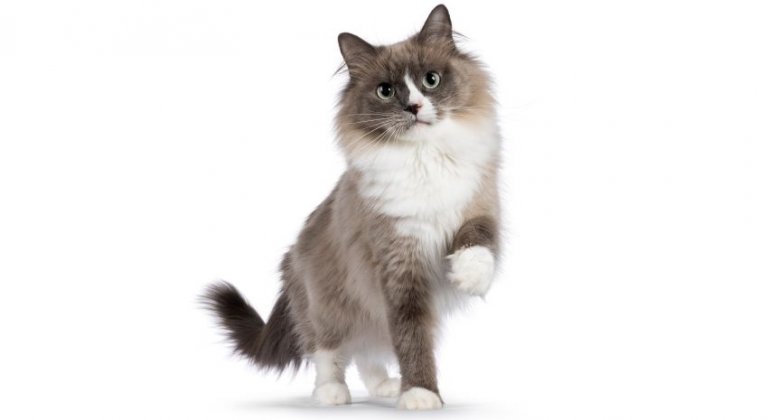
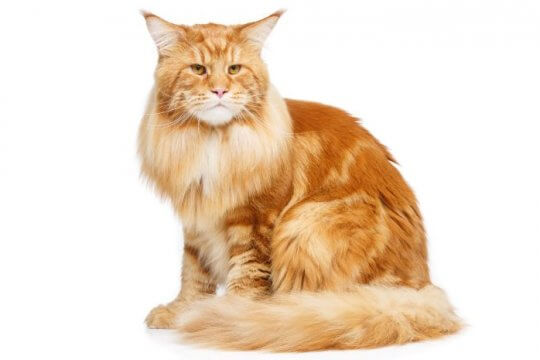
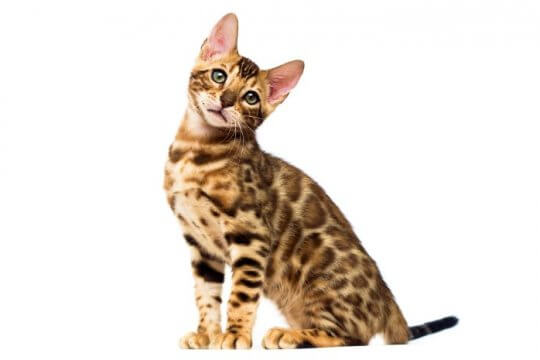
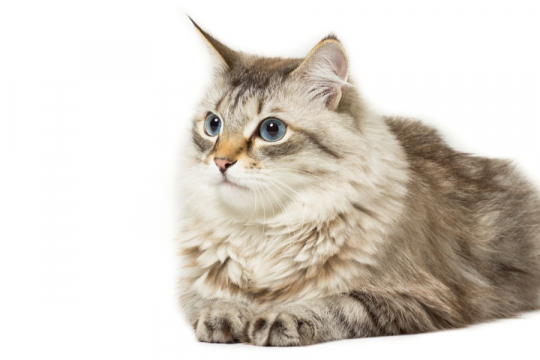
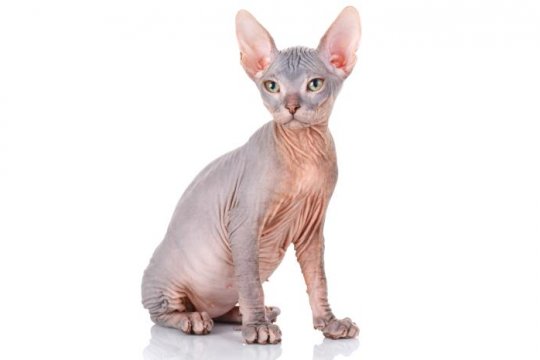
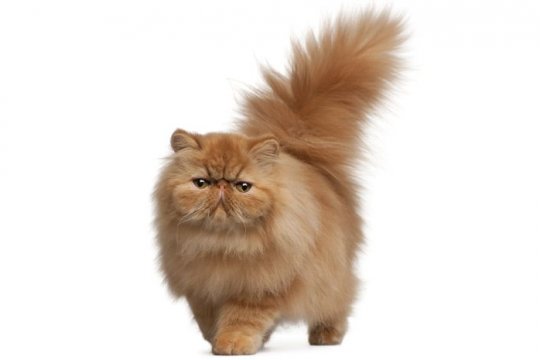
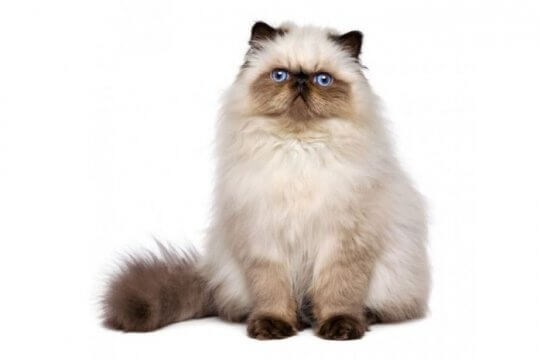
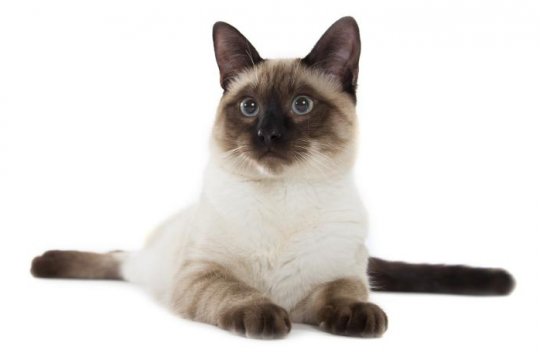
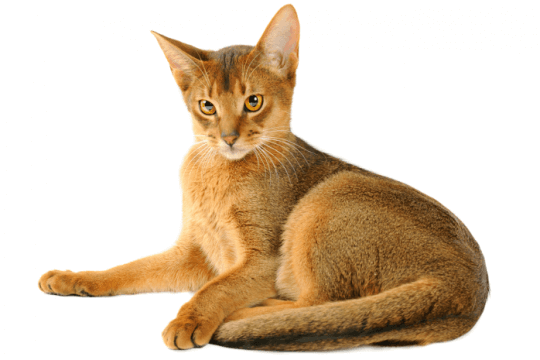
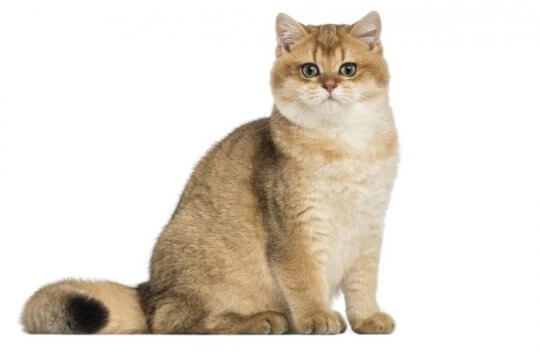
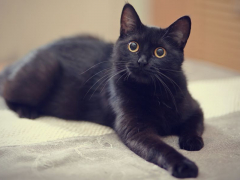
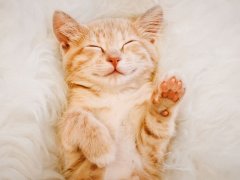
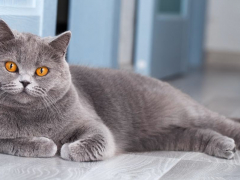
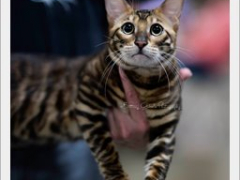
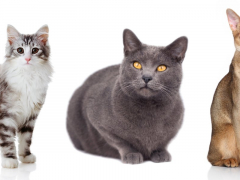
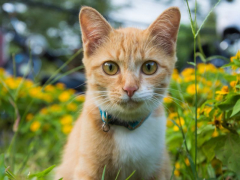
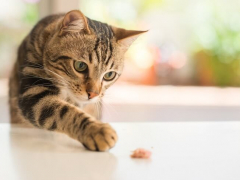
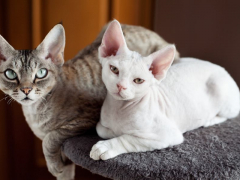
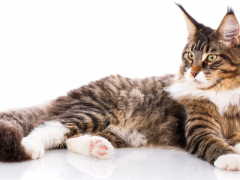
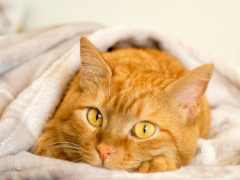
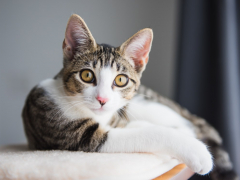
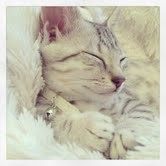
I want one sooo badly, they’re so cute!
Ragdoll Rescue website
I adopted my Ragdoll cat on a Ragdoll adoption website after wanting one for over 30 years. He was six and very shy.
Now he rules the house and is 10 years old. What a loving cat. I recommend this type of cat for one person. As they require a lot of attention and love ❤️.
How do you mean that he rules the house? How about the maintenance and caring for their hair or fur? I had finally gotten used to not having cat hair on my pants but now I’m thinking getting another cat. I really wanted one that walks on a leash like I saw this cat do. I think he maybe too high maintenance for me
They do require regular combing to keep the shedding, I call it “Molting” and depending on what kind of climate you live in (I’m in Southern California where temperatures can vary wildly) and will determine how much they shed (“Molt”). I try to get ‘most’ of him done weekly (he’s a big boy at 16-pounds so it takes a bit to get all of him). However, I was introduced to an awesome ‘de-shedder’ called a “FURminator” that does an amazing job with the fine undercoat and doesn’t pull the skin or hurt them (do NOT use this in front of an operating floor fan, as I found out the hard-way and had fur everywhere!)
I hope this doesn’t deter you from looking at a Ragdoll…. they are SO loving and ‘snuggly’ (Mine likes to sleep on the pillow over my head at night.)
Take care and stay well.
I have recently suffered the devastating loss of my rag doll queen. These are an amazing breed, they are so different o other cat breeds, they require a LOT od attention ,care and understanding, and back up if necessary. Your returns?? The best and most loyal, trustworthy, intelligent best friend you will ever have. simples. A lot of dedication and care required, and the returns on that are beyond measure,, but the input is major, and the output,, well ,Ragdolls really are the best.
I had a wonderful seal bi-color mitted male years ago. I now have a rescued seal lynx pointed male who was drooling add trembling when I got him, he was SO frightened. He spent the first 7 weeks after I brought him home under the bed in my guest room. Little by little (I would visit him several times a day, after the 7th week little by little he took baby steps every day, and each day he would come a little farther. He now will lie down on command (a very gentle command). I know these cats are in high demand, but if you have it in your heart to adopt a rescue, I recommend it whole-heartedly.. My last Rag (believe it or not was a stray………..I didn’t even know what breed he was until my vet told me he was a full-blooded Ragdoll. (we did the testing,and I tried to find the owner..none to be found). These are the most wonderful cats I have ever had the pleasure of sharing my life with….they are definitely EXTRENELY special.
I was able to adopt my blue point rag doll cat from a human society when he was 5 mo old! He just turned 2 yes old and is the most wonderful cat anyone could ever want! I highly recommend d the breed!
I just adopted a black and white one the breeder didn’t want. Very traumatized. Have had him a couple weeks and he is finally coming out to visit from under the bed. Such a sweet thing. I’m glad we adopted too.
I found my flame point Ragdoll on the streets. Someone had cared enough to neuter him, probably the breeder, but the owner didn’t care enough to keep him indoors. I didn’t know until I took him to my vet that the breed has hip problems which is a fault. That probably why he was neutered.
Really? Mine’s 11-years old and has no such hip problems…..
Same here. Mine is 13yrs old and she hasn’t experienced any type of hip issues. She climbs, runs, jumps, as any other “2yr old” cat going on 14yrs old, lol.
We rescued a blue eyed kitten from the SPCA 5 years ago. My daughter could not leave without her. She was unidentifiable in color, weighted less than a pound, and had very little hair because of ringworm. We were told she had a very small chance of survival. We stopped at our vet on the way home and got her medical attention, and while we were waiting the vet assistant said he knew of a kitten that needed to be adopted that also had blue eyes……you know, just in case………..so we stopped and got her on the way home. Long story short, after months of care and quarantine, our first kitten grew into a beautiful rag doll that is the love of my daughters life. And her sister, the second rescue, is a darker seal point and is the sweetest cat I have ever had. What a lucky day when we rescued our sweet girls.
My boy, Zeke, has Ragdoll in him. He’s a big boy of about 18 pounds, but is not fat. He is not a purebred. He is the most loving and attentive cat I have ever shared my home with. He loves to go for walks on his leash, he is strictly an indoor boy unless I am with him. He acts as if he is nursing/suckling, his favorite place is my neck or elbow pit. I got him at 6 weeks old, he is now 4. He is adorable, loving and feisty when it comes to play. He prefers fresh catnip to the dried variety. He is a character.
Thank you for the introduction to Zeke!
Our son is getting a ragdoll /tabby the breeder states it is a “ragdoll” will she still have the character of a ragdoll??
I wouldn’t trust a breeder who tries to sell you a ragdoll/moggy cross as a ragdoll. For one, a tabby is not a breed. Secondly, a ragdoll “cross” isn’t a ragdoll, and anyone who says otherwise is ignorant or lying to you, neither of which are qualities you want in a breeder. Given that they’ve made this claim, I really can’t trust anything they say and, unfortunately, can’t say anything about the qualities you’re likely to see in this cat.
I have been lucky enough to rescue two bonded Ragdoll brothers from a neglect situation. They are both such a joy! But, having said that, I would strongly argue against the statement that these cats don’t really have any health issues. It quickly became apparent when I brought these two home that there was significant digestive-related issues. Both cats have severe IBD and are on an extremely limited diet due to extensive food allergies. Also, before having their teeth cleaned, my regular vet had me have them genetically tested for the gene that causes hypertrophic cardiomyopathy as it runs rampant in this breed. Many Ragdoll kittens just drop dead from cardiac arrest before the age of 2. I’ve spoken to 3 vets, and 2 feline specific nutritionists about these boys and their health issues. All five specialists have said that health problems are extremely common in this breed.
Hello there. These are all good points and observations. I’ve updated the article to include some more specific information on the breed’s predisposition to hypertrophic cardiomyopathy. Thank you.
We adopted Fancy at 6 months old from our local shelter . She was white in color with blue eyes and listed as a Siamese but it’s pretty apparent that she’s most likely a Ragdoll . She’s turned progressively darker each of her 7 years , her coat is highly unusual . Everyone who sees her agrees with her name – she’s fancy ! They fetch like a dog , great indoor cats , goes outdoors but stays in the yard and comes in at dusk , sleeps all night . The only complaint is that she abused my 1940s leather club chair but we still love her !
Highly recommend breed – perhaps you’ll be lucky enough to adopt on , as they’re an obscure mix , even for vets – apparently expensive too!
The 2 my-ex and I have were ‘foundlings’ when they were just weeks old…11-years ago. It’s true that they ‘pick-their-person’ as, when we got divorced, the larger of the 2, a tripoint, and contrary to reports that Ragdolls are not ‘very-vocal’ is TOTALLY the opposite and is VERY vocal…ALL the time!! His brother, a Lavendar-point, was more attached to my ex. and, for some reason, thought that I was the ‘Wicked Witch of the West”, even though I was the one that was calling the same animal control officers to get him out from between 2 cinder-block walls. Oh well, it all worked out…. both are happy and healthy in their own homes with either another cat or with multiple cats and a dog.
My advice, and it’s COMPLETELY my opinion…. if you go to a shelter and find a kitten that has beautiful blue eyes and longer hair (than a Siamese), you have, more than likely, found a Ragdoll. I am by NO means ‘promising’ ANYTHING as the Ragdoll’s real markings don’t show through until they are about 3-4 years old BUT, even up to that point, if they don’t mind being picked up and go ‘limp’ when you do…chances are, they’re a Ragdoll and your will NEVER be disappointed!
Thanks for the insider info, Sharon! Animal rescues have their hands full and don’t always have the time or resources to dedicate to breed identification but these tips are very useful for those looking specifically for a Ragdoll!
I have a RagDoll she is sweet loving and very affectionate. I’m very glad I found her. She is very vocal. Especially when she wants food.
NEVER THINK A RAGDOLL IS AN ANIMAL, OR A PET. THEY ARE FELINE BEINGS!
I got a precious Ragdoll kitten in January. Named her Skye Blue because of her beautiful blue eyes. She will be a year old in November and is the sweetest and my constant companion and sleeps on my pillow above my head. On a recent visit to the vet they found she has an enlarged heart and we have a referral to a cardiologist in 2 weeks. After reading and learning about HCM and how prevalent this is in Ragdolls I am absolutely heartbroken knowing what lies ahead.
I’m sorry, Jean. Wishing you and Skye Blue all the best.
My Ragdoll developed a heart issue but we found an outstanding cardiologist. That was about 5 years ago and she just turned 17, She is healthy and extremely active and I am so grateful that we have a wonderful Vet who never gave up and found us the doctor she needed. Ragdolls can develop heart problems but don’t give up.
I have owned cats my entire life and recently lost my beloved 18 year old Munchkin, Dolly. After a couple months I sought out a Persian kitten because I grew up with Persians and wanted to share my home with one of them again. I went to a breeder who seemingly randomly put a kitten in my hands and said “this is your new cat”. I didn’t know she was actually a Ragdoll and not a Persian until later but by that time it didn’t matter because my family was in love. I have never had a more wonderful cat in my nearly 60 years. My Cleo is sweet, loving, extremely affectionate, intelligent and attentive. Cleo waits for me at the door and without fail is there to snuggle in bed at night. She gets along well with our other cat and Pomeranian. She literally has no bad habits I’ve run across so far and she has been given our Vet’s seal of approval for her excellent health. What a blessing this cat is!
Our story is unique and sad. My wife is a groomer and had this beautiful Ragdoll she always talked about. It was owned by an elderly lady who had rescued it from a shelter. One day, my wife told her that if anything were to happen so that she couldn’t keep or care for this animal, my wife would adopt it rather than see it go back to a shelter. The lady thought about it for a couple of weeks, then came and got my wife’s information. Two weeks later, she was killed in a traffic accident just down the street from the Grooming shop. We received a call from her sister saying she had found a letter that her sister wanted us to have Bentley. She said that her sister must have thought a lot of my wife to trust her with her beloved cat. He has fit right in to our menagerie without a problem. I spent 6 weeks in the hospital this summer after a spinal cord injury and he really bonded with my wife. We dearly love him and he jumps up in my wheelchair to sit with me when she isn’t home. The only thing that bothers us is that he sneezes repeatedly and often. We have had him to the vet who gave him antibiotics, but nothing has made it better. He will sneeze 20 times in a row more than twice a day. I so wish we could find him some relief.
Thank you for sharing your and Bentley’s story—it is indeed unique and sad, too, though it would’ve been even sadder had Bentley not been promised a loving home so readily. Has your veterinarian given any explanation for the chronic sneezing? Knowing the underlying cause would help a lot with finding alternative treatments that may be more effective than antibiotics. Hope you’re able to find something soon!
I have 2 Ragdolls—Coco who is Chocolate and her brother Bailey who is a Blue. They did not get the Ragdoll memo on how to be a Ragdoll cat because they are nothing like what Ragdoll breeders describe. And oh yes, they are full blooded Ragdolls with the papers to proof it. Bailey is known as Bailey the Bully, but Coco is sweet. However, I got far more affection from my Tortie cat who lived to be 20 1/2 than from the Ragdolls. I truly believe Ragdolls have the best PR hype machine in the world. I will admit they are highly intelligent and I love them. Both are 17. and just got a good bill of health from our Vet. But if you are looking for a cuddle cat, go to the shelter.
Hello – I just wanted to ask if anyone has ever tried the Airbolt tracking system with their Rag Doll? Our cat, who is 3 today, was taken a week ago by extended neighbors, as she is an indoor and outdoor kitty. Their syory is bunk & the 2 next door neighbors lied about “taking her”. She doesnt jus5 let anyone pick her up, though, so I’m pretty sure they enticed her with food/treats. I have her back, no worse for the wear, but it is obvious to the family & I would deprive her of her outdoor environment by keeping her locked in. We’ve started harness training and conditional classical trainer with a clicker, which literally started last wk. The neighbors won’t be likley taking her again, b/c the while neighborhood is aware of the situation.
Exceptionally sweet. She is a mouser, and actually picks up the mouse gently then puts it down, & waits for it to run- crazy, she doesn’t kill them. However, she loves being outside, so I’ve been looking at trackers vs Caddios. I watched the 2022 video from this source about trackers, but there are some new options out there, including the Airbol. So, I’m curious, anyone has used one for their cat & like/dislike the product? Any information is welcome.
Hello Stephanie, thank you for the question! I haven’t tried the Airbolt tracker, and I’m not sure it looks like the best option. There aren’t many reputable reviews of this product, and the Trustpilot page doesn’t look great. Hope others will be able to share their experiences.
My ragdoll came with her brother orange tabby. She would play and play with him when they were little, but after they grew she didn’t want anything to do with him. They were both fixed, so I don’t know what went on there. My daughter loved cooking, so she named them Butterscotch and Vanilla. Vanilla would climb up in my lap, lay her two front feet on my chest, and look up into my eyes. That meant the ‘water bowl’ was empty and she wanted some water. I also taught her to give me a ‘kiss’. It was us touching noses together briefly that was the ‘kiss.’ I miss both of my babies. I had to adopt them out because I was moving to a place where no pets were allowed. I’m sure they have both died by now.
Thanks for sharing about your babies, Maia! Sorry your time with them was cut short.